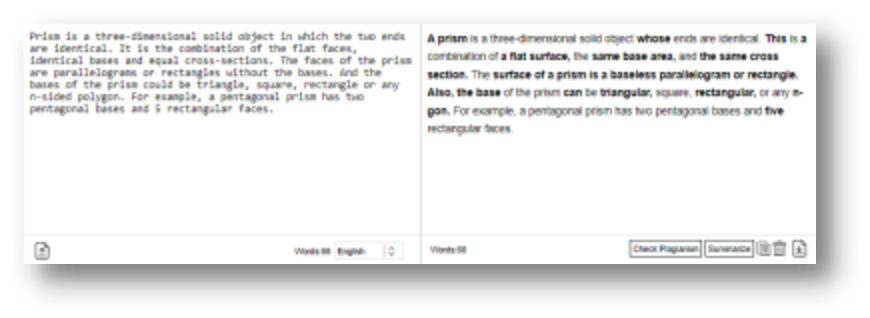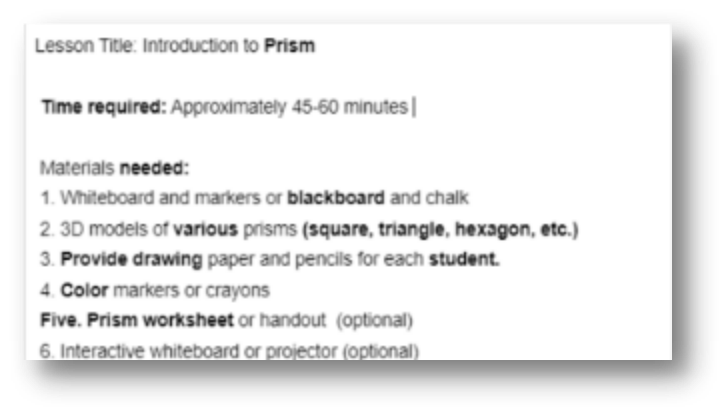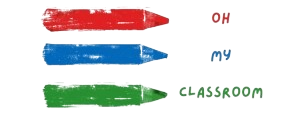In the realm of pedagogy, the concept of paraphrasing typically conjures thoughts of its utility in students’ academic endeavors.
However, what often remains less explored is the profound potential of paraphrasing techniques for educators themselves.
This can be achieved through the judicious application of paraphrasing techniques facilitated by modern paraphrasing tools.
So without further ado, let’s get into it.
Ways Teachers Can Improve Pedagogy By Utilizing Paraphrasing Methods
What Is Paraphrasing?
Paraphrasing is expressing a text or a passage in a new way while retaining the meaning of the original text. Essentially, it means changing words, shuffling sentence structure, and use of alternate voices. It is considered one of the best practices for teaching and overall, in the world of writing.
Improved Communication With Students
This is a sad one but not any teacher’s fault I believe. A teacher believes their way of teaching is the best as it’s easier to understand and explain to them. The students may think otherwise.
Growing up, I remember the kids rooting hard against the teacher who failed to explain tricky concepts to us. I feel ashamed now but I was just a kid and those were different times. Present time allows teachers to get help from any online paraphrasing tool to help them prepare lectures.

Just look at how the tool effortlessly explains the same thing but in a less jargon way. It can make those tenacious teachers finally realize the flaws in their methods by introducing new and easier ways of elaborating tough concepts.
Increased Class Engagement
The best teachers, in my opinion, are those who are actively engaging their classrooms and not just reading paragraphs from a book for the sake of it. Those teachers have my respect. It’s one thing to paraphrase your lectures for teaching but another when you ask your students to do it.
The greatest learning experiences involve active participation from all the students and it’s the teacher’s job to make everyone participate. Paraphrasing enables students to break out of their typical thinking molds and look at the problem more critically, something even the best textbooks can fail to emulate.
Designing Outlines
When planning the lectures, teachers can create outlines that are much easier to give lectures from. Typically, the teachers prepare the lecture and then write down the key points to make it easier to connect point to point during the lecture.
It would be nice if the outline had clarity and was easy to read. Don’t want to be a deer in headlights when giving lectures. Don’t want to give students another reason to make fun of teachers.
To avoid this, the teachers can use paraphrasing techniques to craft outlines that are silky smooth to read off of and give lectures from.

By Handing Out Paraphrasing Assignments To Students
This may seem like a cop-out point but let me explain. If the teachers are going to be handing out paraphrasing assignments, then you can assume they already know their answers.
Meaning they worked on the assignments and in turn improved their work. They have new ideas for explaining the same topics and it gives them an edge in teaching. The same logic can be applied to students. Paraphrasing exercises open up their minds to the possibility of critical thinking skills and vocabulary improvement.
Students learning new things and improving in their academics is in fact, the direct result of teachers improving their work.
Conclusion
The problem with old-generation teachers (I’m resisting the urge to say, boomers) is that respectfully, they don’t adapt. They don’t want to adapt. They feel they know everything which is true to a certain extent.
I also believe that they should always be highly regarded but how far can you stretch that sentiment without a teacher’s willingness to improve their work? At least, the new-gen teachers are far more willing to take the bold step of improving their work.
Paraphrasing techniques used in paraphrasing tools are a way of improving their work by a margin. All it requires is some willpower from the teacher’s end.

